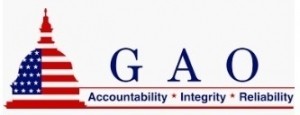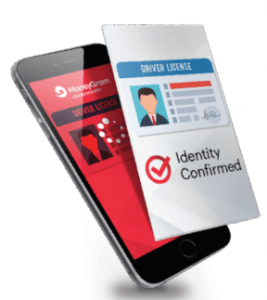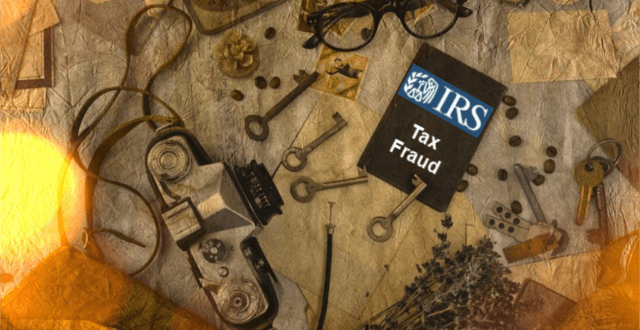
With the April 15 US tax deadline passed, were tax professionals really ready for a new breed of tax fraudsters? We’re not talking about the President and his tax return issues. We’re seeing a new breed of sophisticated tax fraudsters systematically attacking the US taxation system.
We can tell you who is not fully prepared to defend against tax fraud thanks to a report issued last fall by the US Government Accountability Office (GAO). It’s the IRS!
Say what? The IRS is unable to fully defend itself and taxpayers against tax fraud?
Size of IRS tax fraud challenge
The GAO report says despite IRS best efforts, scammers tried to collect on more than $12.2 billion in fraudulent tax refunds through identity theft. While preventing the large majority of tax fraud, the IRS still paid out more than $1.6 billion to tax fraudsters during the 2017 tax year.
According to Jeff Davison, CFO at Mitek, new technology is now available that can help tax professionals, taxpayers, and the government prevent or minimize tax fraud.
Sophisticated new fraud schemes

Davison says a new generation of fraudsters is using sophisticated identity theft techniques such as voice phishing (Vishing) and smishing (SMS phishing) to gain access to organizations’ W-2 forms and quickly file fraudulent returns for crooked refunds.
“As technology becomes more advanced, cybercriminals’ techniques are advancing in tandem. We can bet that if we’re using AI to enhance our execution, fraudsters are too. Imposters typically leverage simple email messages, impersonating an executive or authority figure, requesting an organization’s Forms W-2 for all of its employees. The purpose of this scam is to allow thieves to quickly file fraudulent tax returns for refunds. Voice phishing (vishing) and SMS phishing, smishing, are also avenues used to entice victims,” Davison explains.
IRS not yet ready for prime time

The GAO report said the IRS has not upped its game when it comes to identity authentication and prevention of tax fraud.
In his testimony to the Subcommittee on Oversight, Committee on Ways and Means, House of Representatives, James R. McTigue, Jr, Director, Strategic Issues for GAO said:
“Our work found that IRS has taken some steps to improve taxpayer authentication, including working with external partners to identify solutions for combating IDT refund fraud and developing an authentication strategy to address its most pressing authentication challenges. However, we also found that IRS has not prioritized the initiatives supporting its authentication strategy nor identified the resources required to complete them. Further, we found that IRS does not have clear plans and timelines to fully implement NIST’s new guidance for secure online authentication and also lacks a comprehensive process to evaluate potential new authentication technologies.”
11 GAO tax fraud recommendations To IRS
The GAO made 11 recommendations to the IRS to address identity authentication and tax fraud and McTigue said the IRS agreed with every recommendation.
Unfortunately, McTigue said the IRS has not made enough headway. “While we found that IRS has made progress on some efforts identified in its Roadmap, it has not prioritized the initiatives supporting its strategy nor identified the resources required to complete them, consistent with program management leading practices.”
McTigue continued, “IRS has not identified the resources required to complete these activities, and the Roadmap notes that six of the seven activities will take between six months to three years to complete.”

Among the authentication options suggested by the GAO were possession-based authentication, working with trusted partners, and expanding IRS services further to protect taxpayers.
Davison says fraud is a huge challenge for the IRS and business. “The IRS is ramping up efforts to thwart identity theft. Its Identity Verification Service website takes users through a verification process, requiring SSN, financial account information and other personal details. The problem isn’t necessarily with the website or the process, but rather that the imposters can replicate that and trick users into believing that they are engaging with the IRS. They can do this because the IRS is using knowledge-based authentication, or something you know, versus a more physical check forcing people to provide something to prove who they are.”
A fraud prevention story
Is tax fraud a problem for tax and finance professionals as well as the government? Unfortunately, tax professionals and financial service firms are also a growing target for fraudsters.

Davison points to a Mitek case study showing how MoneyGram used new technology for stronger ID verification and reduced financial fraud.
MoneyGram needed a digital identity verification solution that would allow its 350,000 locations to help customers send and receive money transfers online in a fast and easy way. It also needed to meet Know Your Customer (KYC) compliance and fraud challenges.
They integrated Mitek’s Mobile Verify to achieve compliance, reduce fraud, and onboard more new customers online, quickly. The results were impressive:
- 70% increase in ID acceptance rates
- 30% increase in types of ID used in the EU and US
- 20% reduction in fraud losses
- 80% reduction in account takeover fraud.
How can tax professionals protect themselves from tax fraud?

With a range of more sophisticated, new threats on the horizon, tax professionals and taxpayers can protect themselves better against tax fraud by following a few simple steps according to Davison.
“It sounds obvious, but because it’s laborious taxpayers don’t always do this: Visit the IRS site and be aware of the scams that are making the rounds. Follow the steps to verify your identity. Know your status; have you been breached? If you have, reach out to the Identity Theft Resource Center for assistance about remedying the situation,” he says.
New ID verification and other technologies are now available to fight tax fraud more effectively. What’s needed are a commitment to attacking the tax fraud problem, leadership and collaboration between government and technology providers.
You can view the full GAO report here. It’s interesting reading.

